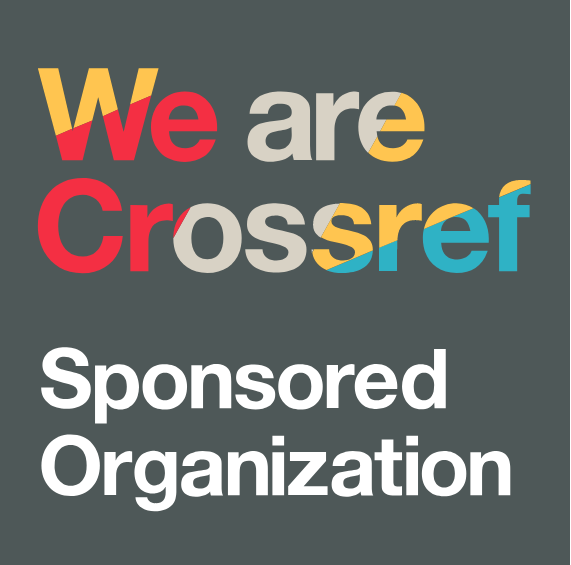Restorative Justice in Resolving Criminal Acts by Children
DOI:
https://doi.org/10.38035/sijal.v1i3.195Keywords:
Restorative Justice, Juvenile Justice, Diversion, Child Offenders, Criminal LawAbstract
This research explores the implementation of Restorative Justice in resolving criminal acts committed by children within the Indonesian legal system. Restorative Justice offers an alternative approach to conventional criminal justice by emphasizing reconciliation between the offender, victim, and society through mediation and dialogue. The study adopts a normative juridical method, analyzing relevant laws, literature, and expert opinions, with a focus on the application of diversion as regulated by Law No. 11 of 2012 on the Juvenile Criminal Justice System. The findings reveal that Restorative Justice provides significant benefits, including minimizing the psychological impact of formal legal processes on children, promoting victim participation, and strengthening social cohesion. However, challenges remain in its implementation, such as limited understanding among law enforcement officials and inadequate resources. Strengthening training, public awareness, and inter-agency cooperation are essential to optimize Restorative Justice practices for child offenders in Indonesia.
References
Arief, Barda Nawawi. (2007). Bunga Rampai Kebijakan Hukum Pidana. Jakarta: Prenada Media.
Ali, M. H., Zaman, S. M. H., & Hossain, S. A. (1996). Variation in yield, oil and protein content of rapeseed (Brassica campestris) in relation to levels of nitrogen, sulphur and plant density. Indian Journal of Agronomy, 41(2), 41_2-41_2.
Putra, R., Lima Krisna, N., & Ali, H. (2021). a Review Literature Employee Performance Model: Leadership Style, Compensation and Work Discipline. Dinasti International Journal of Management Science, 3(1), 56-66.
Daly, Kathleen & Immarigeon, Hennessey. (2001). “Restorative Justice: The Real Story.” Punishment & Society, 4(1).
No, P., Sanusi, A., Desfiandi, A., Ali, H., St, A. B., & Ct, R. A. (2017). PERFORMANCEBASED ON THE HIGHER EDUCATION QUALITY IN PRIVATE COLLEGES. Proeeding MICIMA.
Eddyono, Supriyadi Widodo. (2013). Reformasi Sistem Peradilan Pidana Anak di Indonesia: Kajian terhadap UU SPPA. Jakarta: ICJR.
Fattah, Ezzat A. (2000). The Paradigm of Restorative Justice: Promise and Problems. London: Routledge.
Ali, H., & Limakrisna, N. (2013). Research Methodology (Practical Instructions for Solving Business Problems, Thesis Preparation (Doctoral dissertation, Thesis, and Dissertation). In Deeppublish: Yogyakarta.
Susanto, P. C., Sawitri, N. N., Ali, H., & Rony, Z. T. (2023). Employee performance and talent management impact increasing construction company productivity. International Journal of Psychology and Health Science, 1(4), 144-152.
Marlina. (2009). Peradilan Pidana Anak di Indonesia: Pengembangan Konsep Diversi dan Restorative Justice. Bandung: Refika Aditama.
Marshall, Tony. (1999). Restorative Justice: An Overview. London: Home Office Research Development.
Piaget, Jean. (1950). The Moral Judgment of the Child. New York: Free Press.
UNICEF. (2006). Child-Friendly Justice: A Framework for Action. Geneva: UNICEF Publications.
UU No. 11 Tahun 2012 tentang Sistem Peradilan Pidana Anak.
Wiyono, Andi Hamzah. (2012). Sistem Peradilan Pidana Anak di Indonesia. Jakarta: Sinar Grafika.
Zehr, Howard. (2002). The Little Book of Restorative Justice. Pennsylvania: Good Books.
Downloads
Published
How to Cite
Issue
Section
License
Copyright (c) 2025 Salisah Salsabilla

This work is licensed under a Creative Commons Attribution 4.0 International License.
Copyright :
Authors who publish their manuscripts in this journal agree to the following conditions:
- Copyright in each article belongs to the author.
- The author acknowledges that the Siber International Journal of Advanced Law (SIJAL) has the right to be the first to publish under a Creative Commons Attribution 4.0 International license (Attribution 4.0 International CC BY 4.0).
- Authors can submit articles separately, arrange the non-exclusive distribution of manuscripts that have been published in this journal to other versions (for example, sent to the author's institutional repository, publication in a book, etc.), by acknowledging that the manuscript has been published for the first time at SIJAL.






















